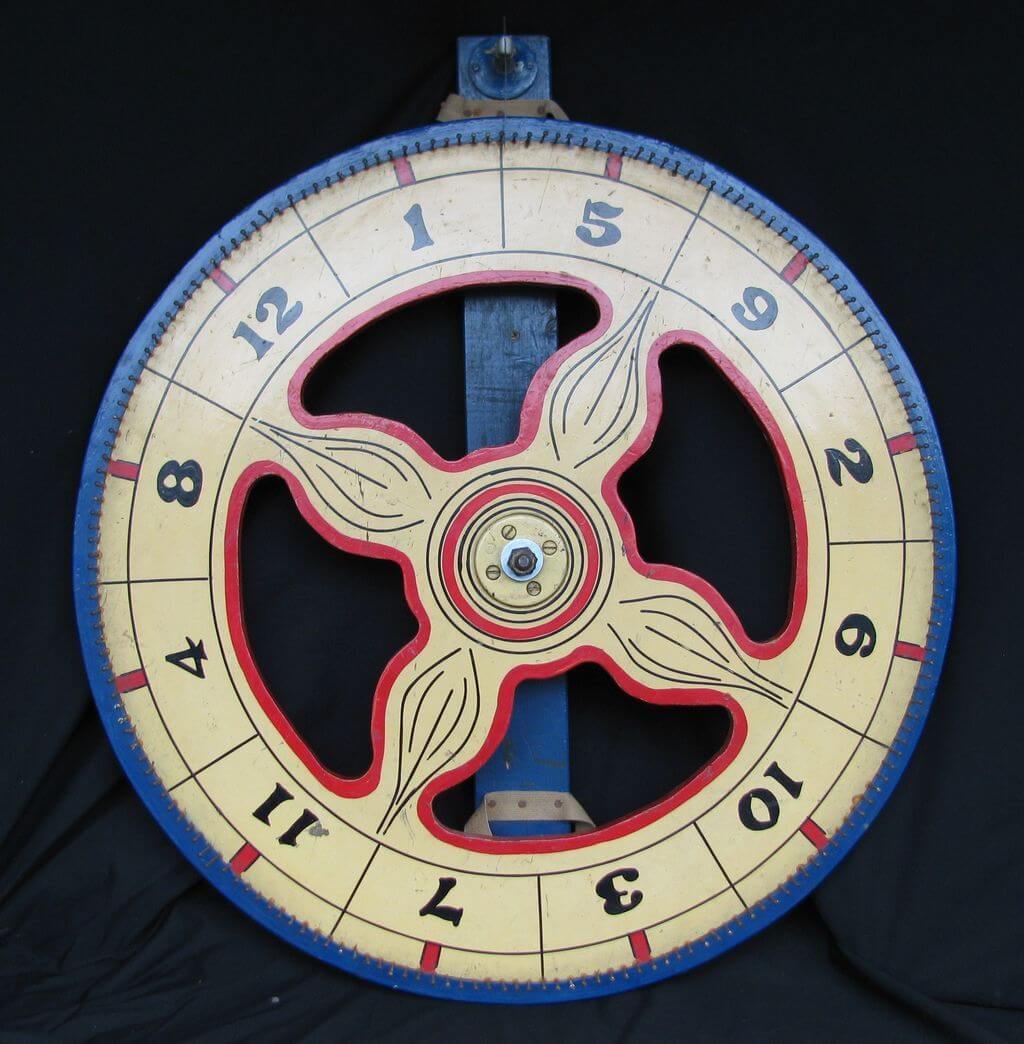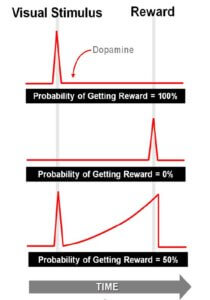
Most incentive experts will tell you that you must be specific in your program objectives and be specific in your awards. It has become common practice to design incentive and reward programs with the formula “do X get Y.” But what if that formula is wrong? What if that formula only get’s you 70% or 80% of the value of your incentive dollar? Would you change your program structure? Would you use the formula “do X maybe yet Y, or Y+1 or even Y+100?” You might want to consider it. Research shows that variable payouts and random reward amounts can potentially drive greater performance.
It’s All About The Game
Gamification is a pretty common buzzword today. From game sites like Zynga to Foursquare badges earned for checking into various venues on your phone, gamification has lit up marketing imaginations and it is crossing the chasm into employee reward programs as well. In fact, Google Insights (a tool that can plot the popularity of a search term relative to all searches on Google) shows a huge increase in the number of times the term has been searched over the past few years. In fact, before 2010 the word gamification didn’t even register in their data.
Our Brains On Dopamine

Research studies have been conducted to measure the amount of dopamine released based on the probability of receiving a reward. The experiment measured the dopamine release between the time the subject was presented with the idea of earning a reward (the visual stimulus) and the actual reward event itself.
The subject was given three different scenarios…
1) the subject knew they had a 100% chance of a certain reward,
2) the subject knew they had no chance (0%) and
3) the subject was presented with a 50 % likelihood of receiving a reward a few seconds later.
The chart to the right provides an interesting visual representation of the dopamine response during the experiment:
The data shows that 50% likely rewards generate more dopamine than either totally unexpected or totally predictable rewards. In other words – not knowing for sure what the outcome will be INCREASED dopamine production and increased it throughout the duration of the experiment.
This demonstrates that the most effective incentive program is one where the feelings of being rewarded is maximized as a result of participants not knowing exactly what their reward will be. In fact, researchers say that an unpredictable reward is 4 times more motivating than a predictable one. Unfortunately, the fact is that most incentive programs do this all wrong.
Doing it Wrong
Most incentive programs are designed to be very specific and very clear about the outcomes the participant can expect. In fact, the Motivation Expectancy Theory pioneered by Victor Vroom includes a formula that specifically states that motivation is a function of deciding: “Do I think the effort is worth the reward? Do I want the reward? and Do I think I will get the reward?”
The entire theory is based on absolutes; most incentive programs try to mimic this formula: “Do X – and we’ll reward you with Y”
The incentive application is fixed. The reward value is known up front and is guaranteed. Traditional incentive programs follows this theory exactly…they are built upon predictability.
While this theory does adequately explain in general terms how we make the rational decision to play the incentive game or not, it ignores the fact that we are MORE influenced, MORE motivated and enjoy the process more when the rewards are variable and unknown at the onset of the process.
Doing it Right
Incentive programs should be designed to achieve a company’s objectives, reward the participant and get the most from the program budget. Research shows that variable rewards drive greater program engagement, increase motivation, and improve emotional response to being rewarded. Every incentive program should be specific and individual to your company. Your culture, your history, your product, your market and your services all play an important role in how you design your incentive program. No two incentive programs are alike and professional incentive consultants should take that into account.
Summary
People crave stimulation and surprises. Our brains go into overdrive and the dopamine “high” is real when we have an opportunity to experiment and think about what “could happen” in our lives.
Variable rewards, and the games that support them, tie into an innate and deeply rooted need within our brains for exploration and variability. Incentive programs that take advantage of these ingrained patterns of behavior are more effective, more fun and ultimately, provide a better overall ROI for the money being spent on incentive activities.
As demonstrated by the case-studies, a variable payout incentive program can be applied in numerous situations. The measured goals or targeted behaviors can be based upon either subjective criteria or on objective metrics and the program will be equally effective; the application of the system is universal.
In addition, creating a common reward platform that includes variable award options will increase the overall effectiveness of incentive budgets across the enterprise. No longer do you need different programs for different areas of the company, nor do you need to continually create a communications plan to educate your audience on the “new” reward program. Using a common platform, with the game mechanic embedded in it, creates a simple and easy way to continually engage your audiences.
However, the key in developing programs that include these powerful psychological triggers is in the understanding of the relationships between the payouts and reward values. Without the proper understanding of the psychology, or the experience with the various program structures, you can do more damage than good. Inexperienced designers can over-reward, which leads to budgeting issues –or under-reward, which creates a program with minimal impact. Snowfly’s experience eliminates these issues ensuring your program is designed correctly and will be engaging for your audience.

